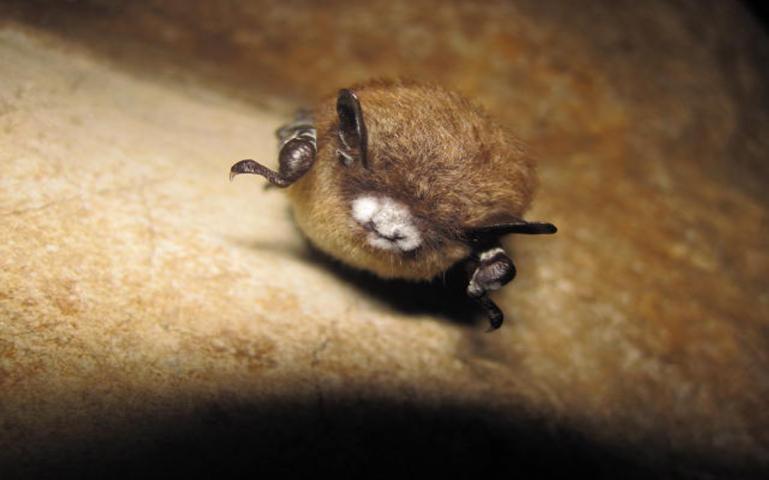Canada’s bats are battling a formidable foe, the white-nose syndrome. In Eastern Canada, the disease has all but wiped out bat species such as the Tri-coloured and Myotis. And now it marches westward. As environmentalists consider the impact the disease is likely to have on Canada’s bat population, humane bat exclusion experts have to saddle up to play their role in mitigation efforts.
WNS or “White Nose Syndrome” is common to cave bats.
How the Disease Attacks
As wild bats hibernate, a fungus creeps over their faces. This fungus is an indicator that the bat has contracted the white-nose syndrome. The fungus lives best in cold temperatures making popular bat hibernation spots such as caves and mines perfect breeding grounds.
Experts estimate that within 12 to 18 months the disease will have swept through the entire wild bat population of Canada as it currently travels at a speed of 200-250 kilometres per year. And probably the most alarming part about this disease is that a cure is yet to be found. There is a light at the end of the tunnel though as current research taking place in the US seems close to unearthing a cure.
What it Looks Like
As the name indicates, a white powdery looking fungus covers the bat’s nose along with its wings, ears, and tail. Experts are uncertain of the fungus’ role as either symptom or trigger. Once the disease gets a footing in the bat’s body it gets to work whittling away at the animal’s fat reserves. Bats afflicted with the disease are known to hibernate at the front section of their chosen hibernation spaces (caves, mines etc). This is unusual bat behaviour because these flying mammals instinctively have a preference for the deepest or innermost sections of hibernation spaces. This exposes them to extremely cold temperatures resulting in death.
Little brown bats are one of the most common bats to find shelter in your home.
How to Respond
If you see a bat that seems to be affected by the white-nose syndrome, do not interact with it. Contact animal control services immediately and get experts to handle the situation. Also try to avoid bat hibernation sites such as abandoned barns, caves, and mines. That last bit of advice is important as exerts surmise that human beings could be aiding the spread of the disease by unwittingly tracking the fungus in their travels from cave to cave.
The Lucky Few
Not all bats are affected by the disease though. Among the lucky few is the Big Brown bat whose avoidance of caves has saved it from the onslaught. The little brown bat is not so lucky though, as it habitually spends its winters in caves and therefore gets exposed to the disease.
Humane Bat Exclusion- The Way Forward
Humane bat exclusion services are undeniably the key to ensuring that this and other bat-related diseases do not get transferred to human beings. Skedaddle’s humane bat exclusion service helps you to keep a bat free home without adding to the threat they’re already facing. We remove bats safely and ensure that your home is protected from any future invasions.
It is almost hibernation season for Canada’s bats. And as they slumber, their enemy will creep up to destroy them in their most vulnerable state. Help Canada’s winged mammals to overcome this monstrous enemy.



